Call for memories past and present of fashion shopping in Leeds
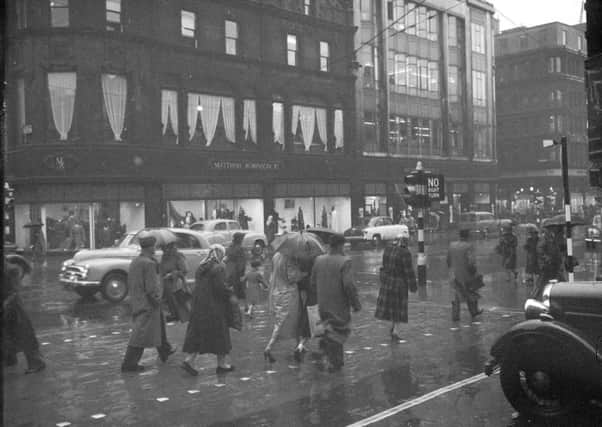

Our lives are peppered with fashion memories, no matter how style-conscious or otherwise we consider ourselves to be. The clothes we wore inform our earliest recollections. When I think of a certain orange floral swimsuit, or of the identical brown cable-knit cardigans my grandma knitted for me and my sister, I can almost touch them still, immediately taking me back to the garden and living room of our former family home.
How many of us can also remember shopping with mum when we were little? Buying school shoes was an annual August pilgrimage, just as it is today for families with school-age children. And what about buying that first piece of clothing all by yourself, unaccompanied? Mine was a pair of crimson cord jeans (ill-advised) when I was 13, from a shop in the town centre that sold only jeans and was called something like Jean Genius.
Advertisement
Hide AdAdvertisement
Hide AdThe way in which we shop fashion has changed remarkably since the introduction of chain stores and latterly, of course, the internet, now allowing us to buy before we have even tried on. The quantity of cheap, fast clothes going into landfill after a couple of wears, if that, has become an issue that both consumers and the fashion industry are being urged to address. Perhaps the past, studying how we used to acquire our clothes, might provide us with a few pointers.
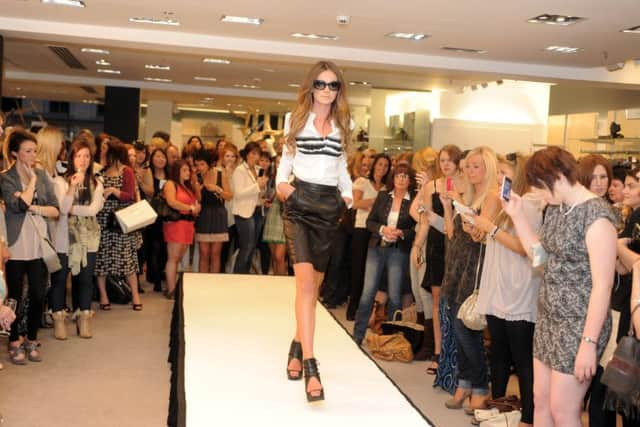

To this end, the people of Leeds are being asked to help tell the story of the city’s retail revolution to create a new fashion-themed exhibition at Leeds City Museum. At the moment it will be called Fast x Slow Fashion: Shopping for clothes in Leeds 1720-2020 and the aim is to explore how and why shopping for clothes has changed over the past 300 years and understand how a love for fashion resulted in the city becoming one of the UK’s largest and most impressive modern retail destinations.
The curators are asking the public to go through their wardrobes, their attics and their photo albums to identify some of their own and family members’ key outfits and memories of shopping in Leeds. These clothes, accessories, photos and stories will then be used to illustrate the different ways in which people shopped for clothes, from the 18th century, when the city was an important part of the textile trade, to the 21st century and the launch of shopping complexes such as Trinity Leeds and Victoria Gate.
Vanessa Jones, Leeds Museums and Galleries’ assistant curator of costume and textiles, said: “Fashion and retail have been cornerstones of Leeds and its economy for hundreds of years, with Yorkshire being a global leader in the textile trade and the birthplace of some of the world’s most recognisable clothing brands.
Advertisement
Hide AdAdvertisement
Hide Ad“It’s our hope that, with the public’s help, we can capture some of the more personal stories associated with Leeds’s retail scene and show how shopping in our city has changed.”
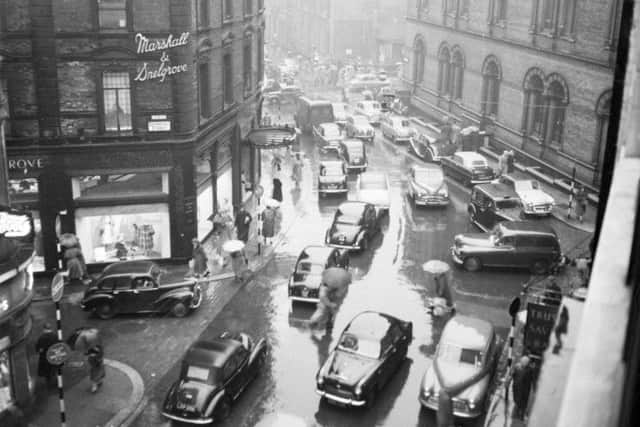

Submissions could include current memories of clothes shopping in Leeds now, both online or by hitting the high street.
“People can take a selfie in the changing room, for example, and tag #LeedsThreads,” said Vanessa. “We’re asking people to think about more contemporary stories of shopping in Leeds or making their own clothes or upcycling.”
There have already been some contributions including pictures of a charity shop upcycling clothes and staging a fashion show in the 1990s. The exhibition will examine the rise of so-called “fast fashion” amid growing calls for more sustainably produced clothing.
Advertisement
Hide AdAdvertisement
Hide Ad“We want to change people’s perceptions of fast clothing,” Vanessa said. “It’s often associated with the industrial revolution but fast fashion has a longer history.
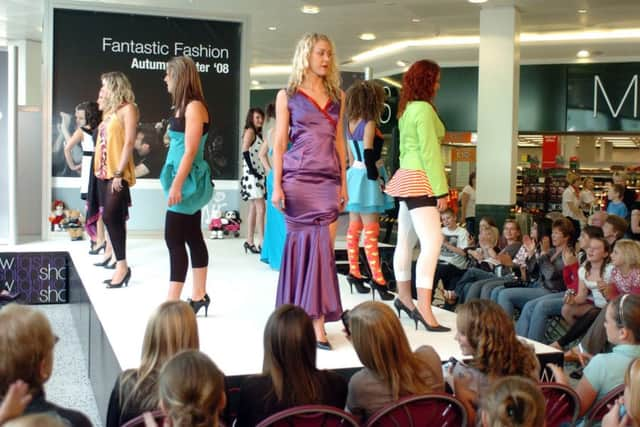

“Quilted petticoats from the 18th century – you could buy those ready made, you could go into a drapers.”
White linen clothing such as babywear and undergarments was often made by church charities to send to those in need. Now the curators want to understand how ready-made clothing grew and what the effects have been.
Shopping for events and occasions is another area of interest. “Whitsuntide – getting a story about that would be amazing because we don’t have anything in the collection,” said Vanessa.
Advertisement
Hide AdAdvertisement
Hide AdOn the other side of the coin is so-called Slow Fashion, covering handmade, recycled and charity shop clothes and hand-me-downs. The idea is to build up a picture of how people shopped for and acquired their clothes and also look for ways in which fashion shopping could become more sustainable. It’s hoped that bloggers, retail staff and people who have worked in clothes-making will send in their experiences.
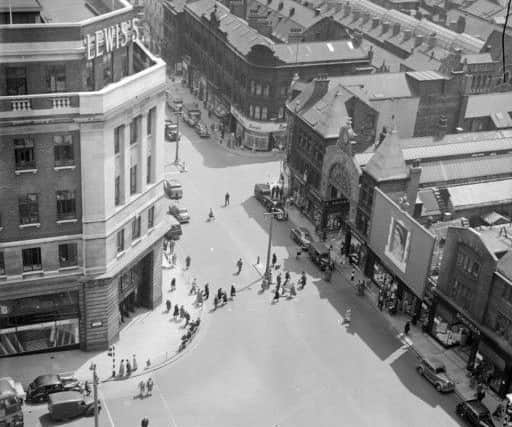

“One of the things that would be really interesting would be to see if anyone has any clothing from one of the big department stores in the first half of the 20th century, like Marshall and Snelgrove and Lewis’s,” said Vanessa.
The project is focused on Leeds but might spread to a wider Yorkshire area if the stories help tell the story. So get rummaging and thinking. Every piece of fashion has a story to tell.
* Fast x Slow Fashion: Shopping for clothes in Leeds 1720 – 2020 will be at Leeds City Museum next February. To get involved and share your photos and memories, tag #LeedsThreads on social media or email [email protected]
* Leeds City Museum is at Millennium Square, Leeds, see www.leeds.gov.uk/citymuseum, tel: 0113 378 5001, free admission, Facebook/Twitter/Instagram: LeedsCityMuseum